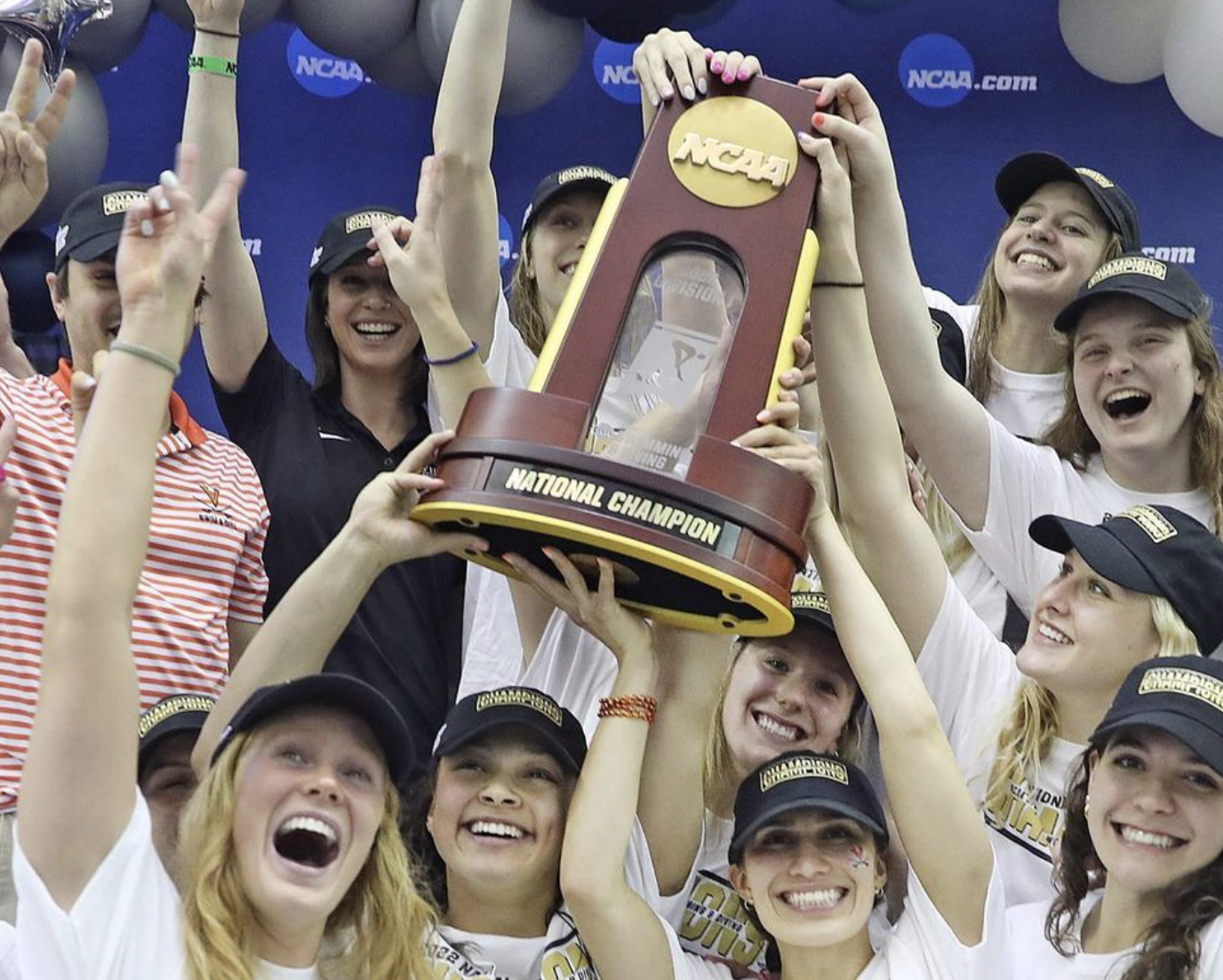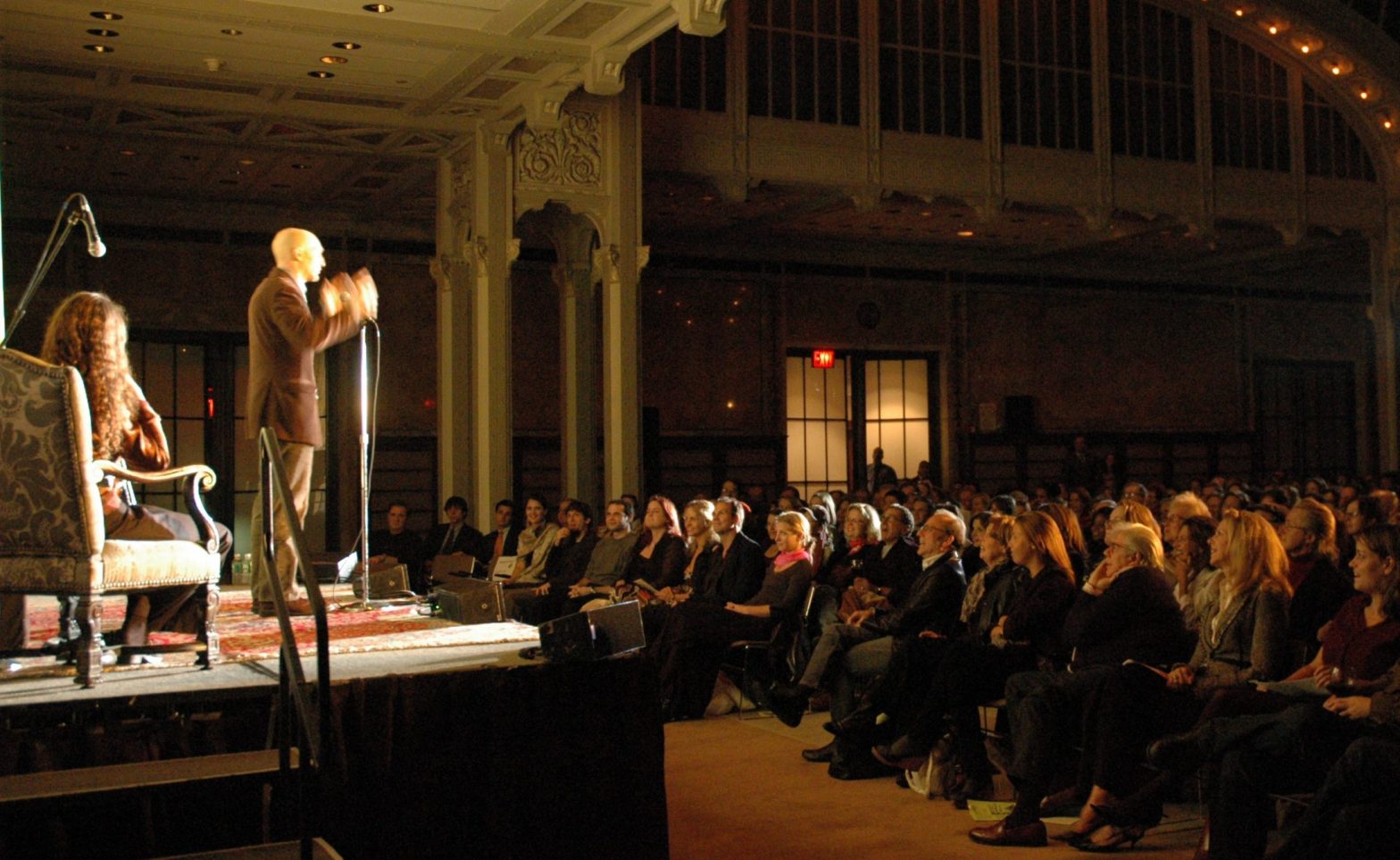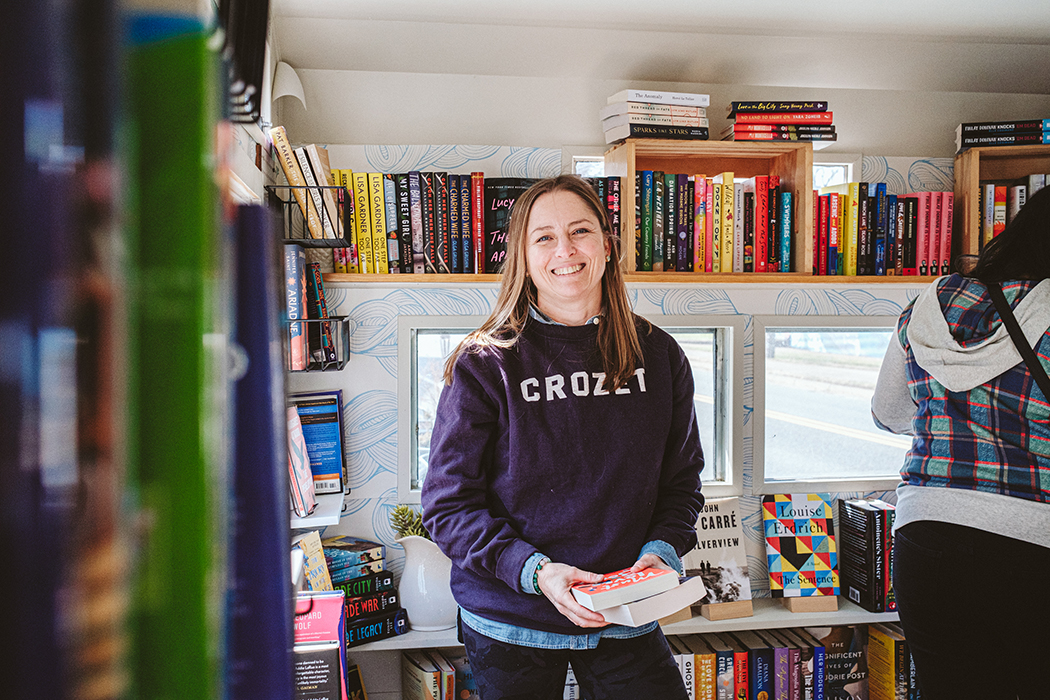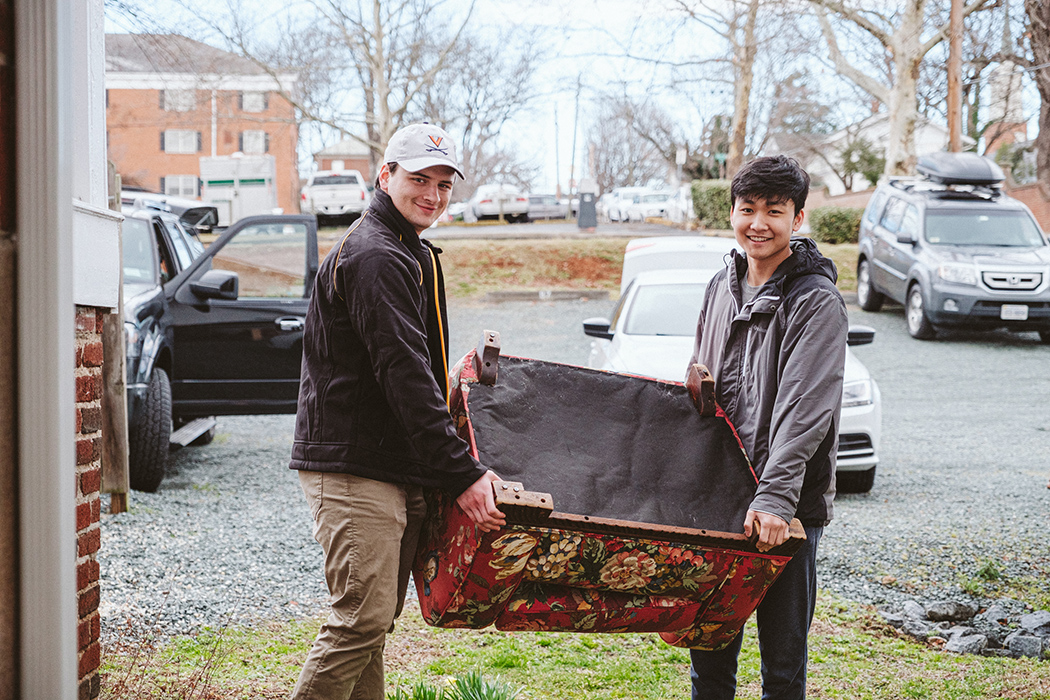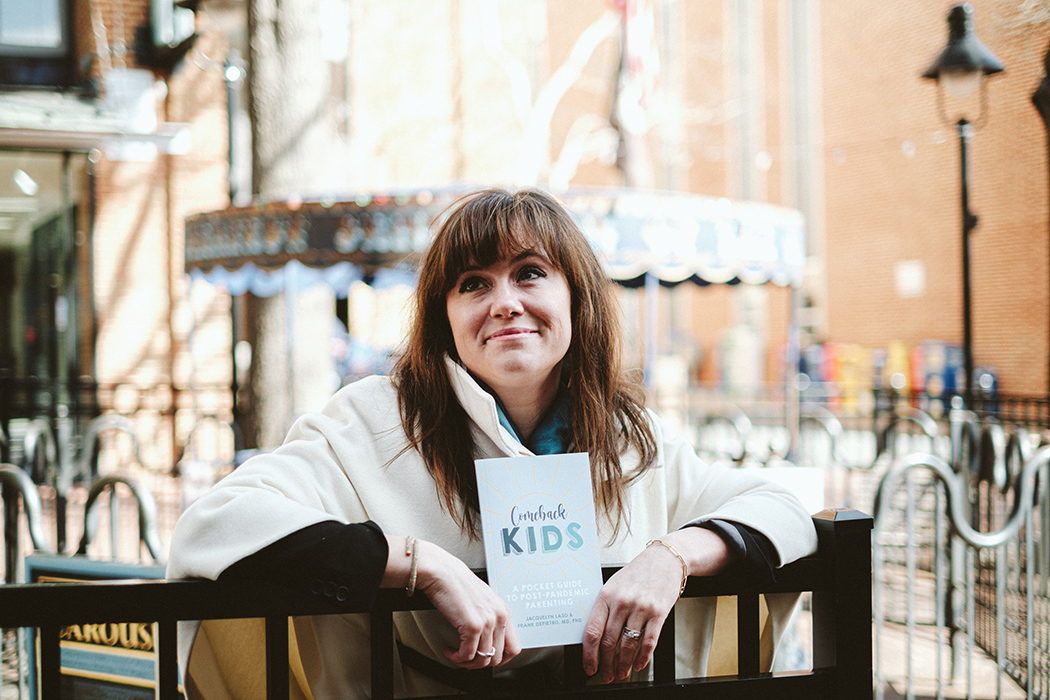Back-to-backstroke
UVA’s women’s swim and dive team won its second consecutive national championship over the weekend—and set five American records in the process. Junior Kate Douglass put on an absolutely dominant show, breaking national records in the 50-yard freestyle, 100-yard butterfly, and 200-yard breaststroke on three consecutive days. Alex Walsh and Gretchen Walsh also won individual titles for the team, which finished with 551 total points, 145 points ahead of second-placed Texas.
The entire squad—plus head coach Todd DeSorbo and athletic director Carla Williams—took a celebratory jump into the pool after the victory was confirmed, reports NBC29. It’s the 30th national championship that UVA has won across all sports.
It shouldn’t be a surprise that UVA dominated, given the team’s recent NCAA success and considerable Olympic pedigree: Four Wahoos, including Douglass and Alex Walsh, won medals at the Tokyo games last summer.
“They just blew my mind. It’s a great group of athletes, a great group of people,” said DeSorbo after the win. “They deserve it.”
“I knew early on, even recruiting her, that she was capable of something pretty special,” he said of Douglass. “I didn’t know if she could do it all at once, in one meet. It’s wild… It’s phenomenal to see her do something like that.”
Taxing talks: City manager suggests 2-cent real estate tax hike
Charlottesville City Council allowed the public to sound off on multiple key financial decisions at Monday night’s meeting. As council works to craft the budget for fiscal year 2023, it will be forced to make difficult decisions about which projects to prioritize and how to create new revenue—among the key initiatives is a school reconfiguration project estimated to cost $75 million.
Interim City Manager Michael Rogers said his office recommends raising the real estate tax by 2 cents going in to next year—currently, real estate is taxed at 95 cents per $100 of assessed value. Earlier this year, council had considered raising real estate taxes by as much as 10 cents, but it backed off from that number, in part due to the significant rise in real estate taxes around the city, thanks to the tight real estate market.
During the public hearing, multiple residents expressed support for the reconfiguration project, and hoped council would find a way to make it happen.
Rogers noted that the city is also juggling improving transit, hiring firefighters, potentially collective bargaining with employees, and pushing forward on climate goals, among other things in its budget.
Rogers essentially recommended slowing down the reconfiguration project to give the city more time to find funding for it. “The proposed school reconfiguration has not been integrated into the city’s capital improvements program in a manner that will allow City Council to make a coordinated funding plan,” said Rogers. The revenue from the 2-cent real estate tax increase should be “earmarked as the beginning of an annual funding program to generate funds for school reconfiguration” to give city staff time “to work on a five- to 10-year funding plan.”
City budget discussions will continue through March and into April.—C-VILLE Staff
Nothing to see here
Almost exactly two years after COVID first arrived in the Charlottesville region, local case counts are as low as they’ve been in months. The Blue Ridge Health District reports a seven-day moving average of 12 new cases per day, down from 445 at the peak in January. Remember those strange first few days in March 2020? The last two years have been hard on everyone, and there could be more coming, but for the moment our region is keeping the disease at bay.
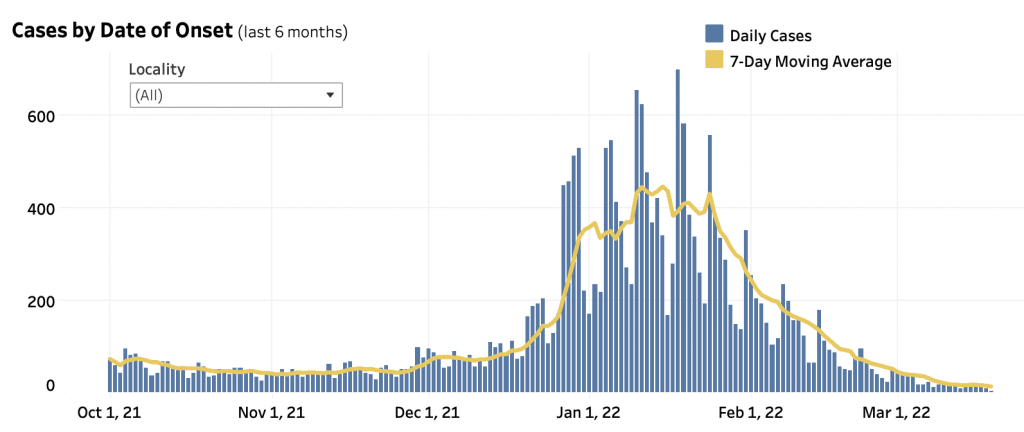
In brief
Meet the new boss
Amaka Agugua-Hamilton will take over as head coach of the UVA women’s basketball team, the school announced on Monday. Agugua-Hamilton went 74-15 in three seasons as the Missouri State coach. The NoVa native played college basketball at Hofstra before beginning her coaching career. She’ll have her work cut out for her here in Charlottesville—the Cavaliers have posted a 30-63 record over their last four seasons. Agugua-Hamilton will try to return the program to its glory days of the early 1990s, when the team reached three consecutive Final Fours.
UVA acceptance rate hits record low
Just 19 percent of the 50,000 applicants to the UVA class of 2026 was admitted, a record low, according to The Cavalier Daily. The in-state acceptance rate was 28 percent, and the out-of-state rate was 15 percent. (Low, but not quite Ivy-esque—Dartmouth, the least selective Ivy, accepted just 6 percent of applicants in last year’s cycle.) UVA’s accepted cohort is 52 percent students of color, 41 percent Virginians, 15 percent first-generation students, and 10 percent legacy brats.
Looking sharp
It will soon be legal to carry a switchblade in Virginia—Governor Glenn Youngkin signed a bill that passed the General Assembly with bipartisan support. The knives were outlawed in the ’50s, but aren’t actually connected to crime statistics in any meaningful way, reports the Virginia Mercury.

